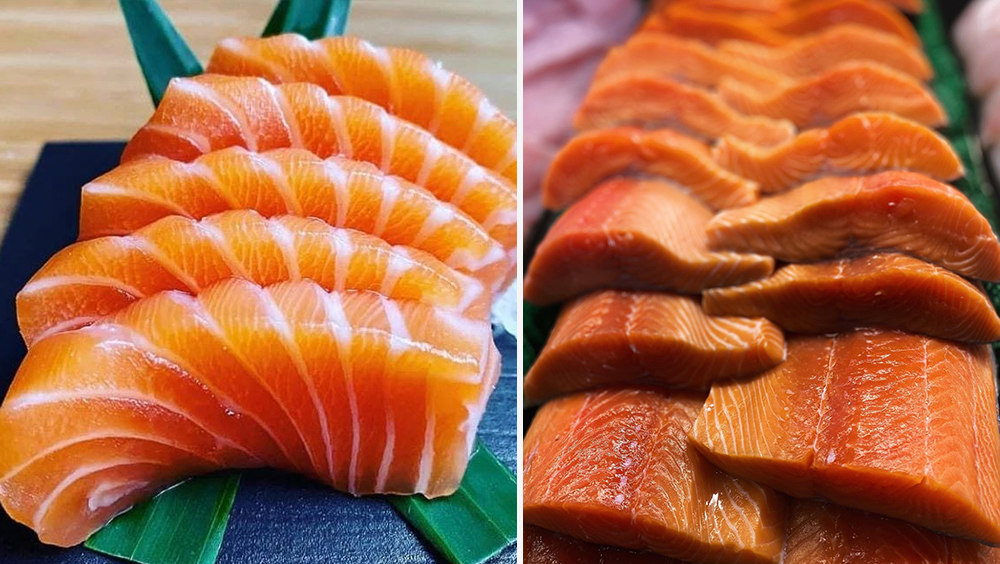Salmon is one of those foods that’s good for you and also delicious. But how much should you be eating? Are you eating too much or too little? A closer look at portioning salmon can help you get an idea.
Like with all things, moderation is the key when eating salmon or any other type of fish. There is such a thing as not eating enough foods like salmon that are rich—bountiful, even—in heart-healthy omega-3 fatty acids. However, there is also the flip side. You can consume too much salmon, which can be a detriment to your healthy eating plan.
A Healthy Portion

When it comes to portioning, a healthy serving of salmon is around 3 to 4 ounces per person. Nutritionists recommend folks eat two servings of salmon (prepared any way you choose, but not fried) or other types of low-mercury fish every week. This equates to 6 to 8 ounces of salmon in any seven-day period. It is also roughly ¾ cup of flaked salmon if you’re getting your salmon intake using the flaked variety.
If you’re not a big fan of salmon, you can still get your fish in other ways. Any oily type of seafood will deliver some of the same big benefits of salmon because it contains omega-3s, which are shown to help stave off cardiovascular (heart) disease. Some others to try include sardines, herring, cobia, mackerel, or striped bass.
Don’t forget that kids can reap some of the benefits of heart-healthy salmon too. Feed children salmon up to twice weekly according to their age. Children ages 1 to 3 can have two 1-ounce servings, children ages 4 to 7 can have two 2-ounce servings, and children ages 8 to 10 can have two 3-ounce servings per week. Children 11 and over can have adult-size 4-ounce servings twice weekly.
If you are pregnant or nursing, some nutrition pros recommend adding up to 12 total ounces of oily, low-mercury fish or shellfish into your diet each week. This can be consumed as two servings of 6 ounces each.
A Word About Canned Salmon

The ultimate salmon—the one that packs the biggest punch of omega-3s—is wild-caught (not farm-raised) salmon harvested from deep ocean waters. This usually doesn’t describe the canned variety of salmon, which is a lot easier to prepare than fresh salmon. Still, canned salmon has lots to offer nutritionally, including B vitamins, potassium, and protein, and is pretty darn tasty too.
The Bottom Line

Whether store-bought, canned, or fresh-caught, salmon offers a healthy delectableness that is hard to resist, although the trend among Americans is to eat fish rarely, if at all. In fact, just under half of all Americans eat no fish or seafood. And around one in three eat seafood once weekly. Get your fill of salmon with your choice of salmon steaks, fillets, or whole or dressed salmon and your heart will thank you — if not now, then down the road.


